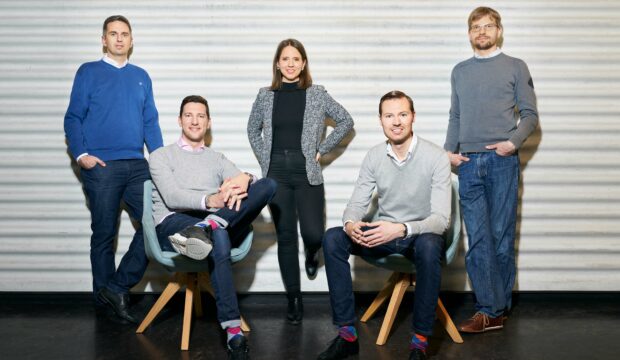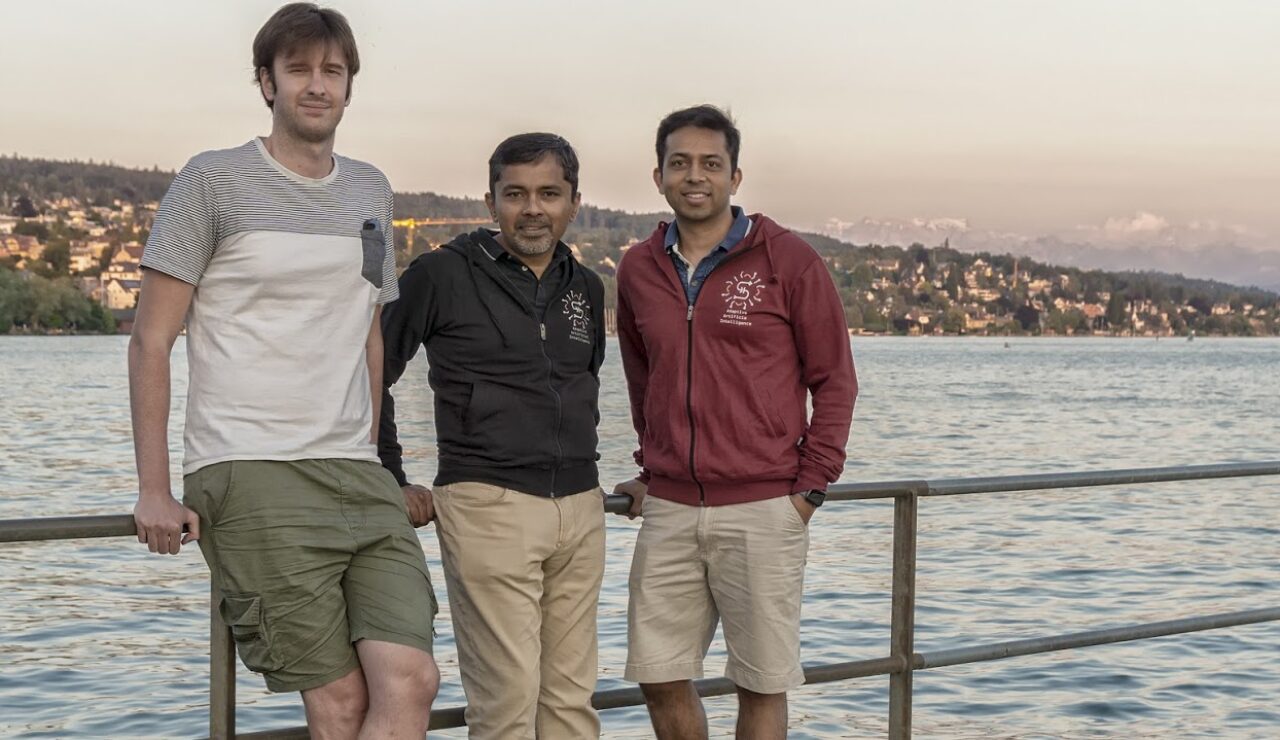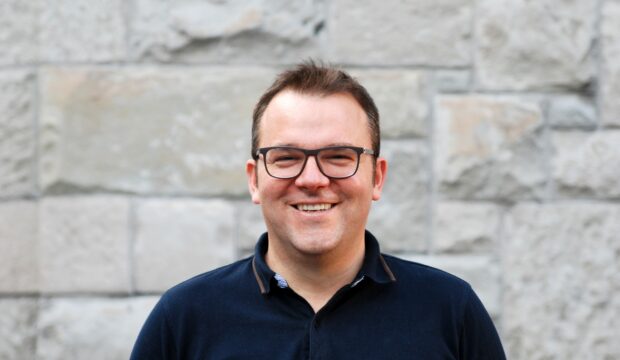
Meet Manu V. Nair, PhD, CEO and co-founder of Synthara, which recently closed a financing round with LEXR.
Manu, what are the current challenges for portable and wearable gadgets when it comes to computing power?
Portable or wearable gadgets are complicated devices that have many components. With the development of AI, the need to run sophisticated and powerful algorithms and neural networks on such devices are on the rise. Neural networks need a lot of computing power and are created for large server farms and systems where you literally have plugged in power supply. But when things become compact and smaller you can’t just run these powerful algorithms the same way. You could solve this issue by creating better batteries, but that’s a very hard thing to solve. The other solution is to make the onboard system smarter. Thus, if you want to have more smart products and services enabled, you need to have chips that can handle these complex computing processes more efficiently. And that’s where Synthara comes in.
How can Synthara address this power challenge and thus revolutionize the market?
Synthara solves the problem for computing complex neural network models on battery-operated devices – Tiny devices with tiny batteries. Our technologies are based on bio-inspired ideas that allows us dramatically lower the compute cost when running these algorithms.
We are able to get an energy reduction of up to 500x. That’s a massive improvement.
Synthara’s startup story – how did it evolve and what were important milestones?
Synthara’s story started four years ago. In the beginning, it was Alessandro Aimar who pulled me into the idea of starting an AI chip company. At ETH, we learned more about building companies and started to meet with potential customers who were interested in our technology which motivated us quite a bit. That’s when we started to pitch more seriously and ran into Sandeep who helped us sort out the organizational side of the business.
We then got into various startup programs, that helped accelerate the company. One of the biggest milestones we hit was getting into the European Space Agency Incubation Program. In addition, we participated in the Venture Kick program where we were able to secure a seat in the Swiss national startup team. This took us to the large CSE event in Barcelona last year where we became finalists. Moreover, we did a project with CSEM, got funding from the Innosuisse, and were part of the IMD startup assignment where we worked with IMD students who helped us build a business case and pitch to investors at the end of the project. There were a few other events. Generally speaking, Switzerland has many nice programs for early-stage entrepreneurs to pitch and learn. Finally, we closed a seed financing round a couple of months ago and now have ten employees.
What was your experience with the offerings in the Swiss startup ecosystem?
The experience we had with the local startup ecosystem was quite nice. Especially the Venture Kick program is great for startups that are just launching. ESA-BIC is also a very nice program for companies that are eligible and they put us in touch with CSEM and this was the start of a series of great events for us. Another highlight was the visit to Barcelona as part of the Swiss national startup team where we could build a great network.
How did you experience Synthara’s seed financing round?
Our seed financing round was the first time ever that we have raised money. There was a lot to learn. We had great support from our own advisors and from LEXR. What especially worked well for us with LEXR was the ability to configure the working relationship as we needed, without too much effort negotiating around it. It was nice to see that a flexible set-up like this is possible. A lot of times Synthara asked for things that were not standard and the ability of LEXR to accommodate was great.
Do you have financing round advice for other entrepreneurs?
One thing that we did not realize was the funding that is available in form of grants and other resources in Switzerland. It can give startups a longer runway and it shows the value from third-party entities especially if they’re well-organised grant issuing bodies. I strongly encourage other entrepreneurs to do this in parallel with their outreach to traditional investors.
For the investment itself, I don’t have a big set of advice. What went well for us was to separate the “legal mumbo-jumbo” from understanding what we want to achieve. It was incredibly helpful to talk about this first separately and talking about legal details second. Once you have the construct and commercial terms figured out and know how you want to work together, the legal side basically “falls into place”.
Finally, what are the next steps for Synthara?
We’re currently creating a technology platform that we provide to early adopters. Thus, we are building up the technology side and at the same time refining our business strategy.
Essentially, we approach customers who could benefit from the technology when it’s ready so that they can try it out and in return, they help us finetune the technology. This early adopter program is something we’re building up now and that will keep us busy for the next 18 months.
Related
100+ companies, both big and small, are starting and growing their business with LEXR.
Let’s Go!
Book a free, non-binding discovery call to discuss how we can help you achieve your business goals.
Or feel free to reach us directly via email at [email protected].

